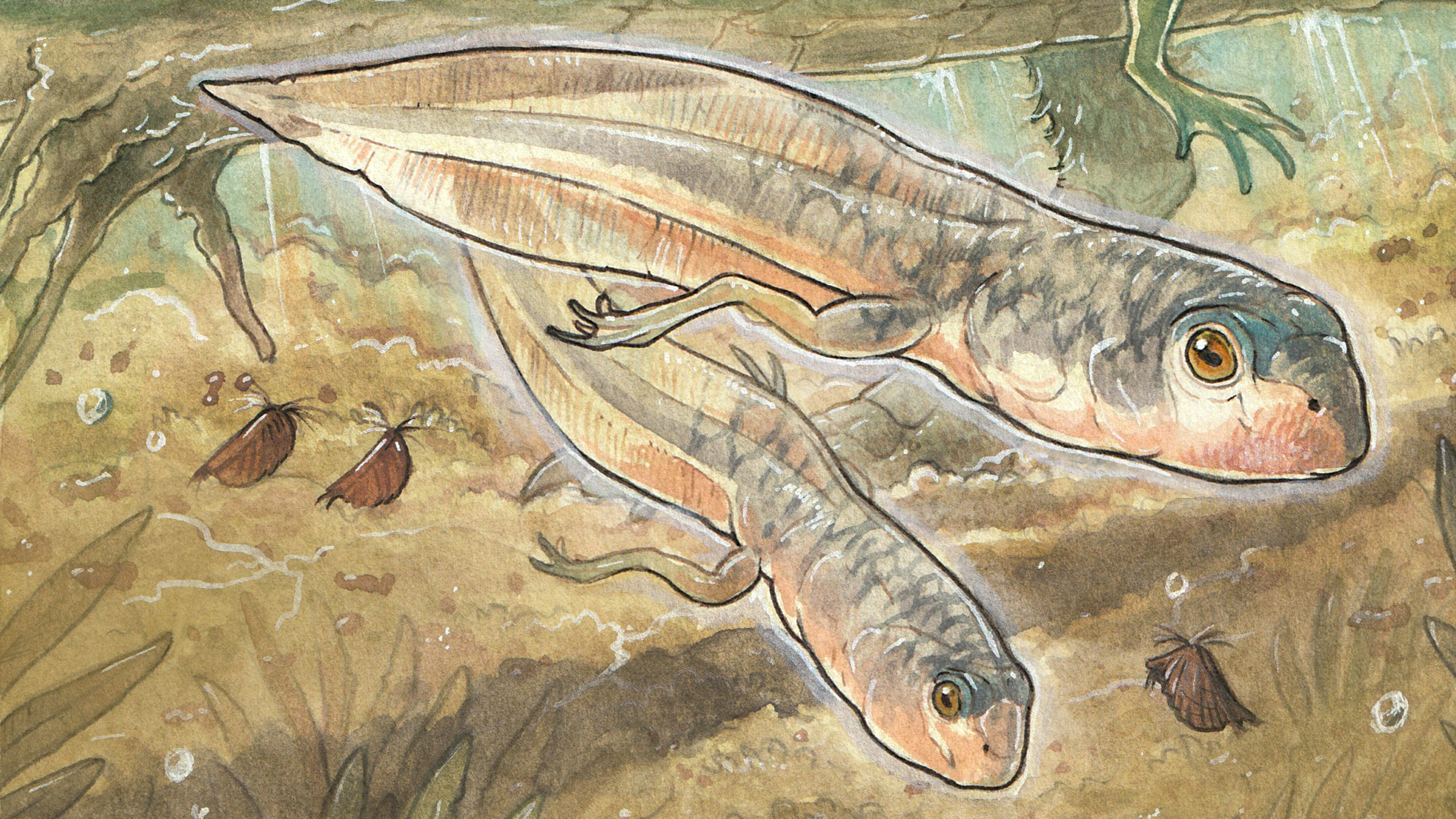Insects, Vol. 14, Pages 294: Current Knowledge on Chemosensory-Related Candidate Molecules Potentially Involved in Tick Olfaction via Haller’s Organ
Insects doi: 10.3390/insects14030294
Authors: Mebrahtu Berhe Gebremedhin Zhengmao Xu Ceyan Kuang Nigus Abebe Shumuye Jie Cao Yongzhi Zhou Houshuang Zhang Jinlin Zhou
Ticks are obligatory hematophagous ectoparasites and vectors of many animal and human pathogens. Chemosensation plays a significant role in tick communication with their environment, including seeking out blood meal hosts. Studies on the structure and function of Haller’s organ and its components have improved our understanding regarding tick olfaction and its chemical ecology. Compared with the knowledge on insect olfaction, less is known about the molecular basis of olfaction in ticks. This review focused on the chemosensory-related candidate molecules likely involved in tick olfaction. Members of the ionotropic receptor family and a new class of odorant-binding proteins are now known to be involved in tick olfaction, which appear to differ from that of insects. These candidate molecules are more closely related to those of mites and spiders than to other arthropods. The amino acid sequences of candidate niemann–pick type C2 and microplusin-like proteins in ticks exhibit features indicating their potential role as binding proteins. In the future, more comprehensive pertinent research considering the existing shortcomings will be required to fully understand the molecular basis of tick olfactory chemoreception. This information may contribute to the development of new molecular-based control mechanisms to reduce tick populations and related disease transmission.

 1 year ago
31
1 year ago
31


